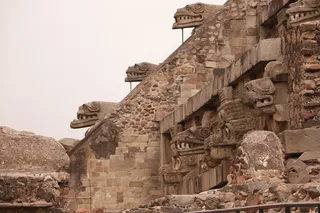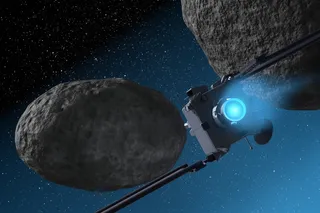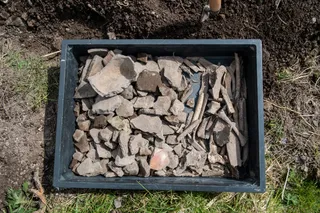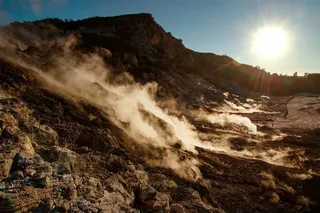This is a guest post composed as part of the NSF Science: Becoming the Messenger workshop, Lawrence KS January 27, 2011
Along the equator, clay-rich, red-orange soils, several meters deep and nutrient-poor form due to large amounts of year-round precipitation. Beneath the prairies, in semi-arid to humid regions, black soils, just a meter deep, support the breadbaskets of the world. While it is clear that climate exerts great influence on soil properties and soil-forming pathways, we do not understand this relationship well. And, this means, in the shadow of global warming, that we can’t predict how climate change will affect soils around the world. Why should you care? Most of us don’t even think about the soil beneath our feet. Soils, however, are essential to feeding the world. Soils take thousands of years to form and properties such as soil structure, that are crucial to water movement in soil and ...













